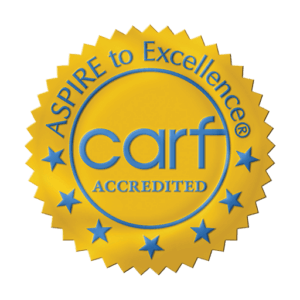Doctors are in charge of prescribing opioids to patients who are experiencing pain. This is also a factor in the ongoing opioid epidemic how patients are able to get hooked onto these drugs. Medical students who have past experiences with opioid addiction have the power to impact prescribing practices once they become a doctor.
What is Matthew Braun’s Experience with the Opioid Epidemic?
A decade ago, Matthew Braun was addicted to opioids. Opioids helped take away his anxiety, depression and were accessible. He would break into houses and find prescriptions for Vicodin, Oxycontin, and tramadol. Braun noticed that doctors would tend to overprescribe medications like when Braun got his wisdom teeth and was given 20 Vicodin which he saved. Braun has not used opioids in years and is now a first-year medical student at Pacific Northwest University of Health Sciences. Once Braun gets out of medical school, he will be able to prescribe opioids to his patients.
What is Katie Buckman’s Experience with the Opioid Epidemic?
Katie Buckman is a third-year medical student at the same university who gets severe migraines. It is hard for her to tolerate light as well as experiencing nausea and vomiting. The migraines were so bad that Buckman felt like quitting medical school. With the help of her primary doctor, she was able to get a shot of Demerol which is an opioid. Now, her migraines are gone since using a new developmental drug and uses Benadryl and fluids whenever her migraines resurface.
What is Tom Eglin’s Experience with the Opioid Epidemic?
Tom Eglin is a faculty member at Pacific Northwest University of Health Sciences and works at Virginia Mason Memorial Hospital. He has seen patients go into respiratory arrest after taking fentanyl. He has also seen patients that clearly need opioids that have suffered kidney stones, a fracture, or a bad burn. It is hard for emergency physicians to decide if a patient with no clear injury is just seeking drugs. For example, having a bad back can still happen if you have normal X-rays or CT scans. Unfortunately, Eglin has seen that even after patients are in the emergency room for an opioid overdose, there is no easy way to get them into a treatment program. All three medical students plan on writing prescriptions when appropriate and to make sure the patients are taking active steps to avoid relapse.
Located in Georgetown, Texas, Alta Loma is a transformative living center to help those struggling in early recovery to transition out of our Psychiatric and Substance Abuse inpatient center. Alta Loma believes that addiction is born from an untreated mental illness in which our facility is here to help you. Our facility offers residency, medication management education, individualized treatment, life skills education, 12-step support, and more tools to bring patients the confidence to be able to live an independent life. For more information, please call us at 866-457-3843.






